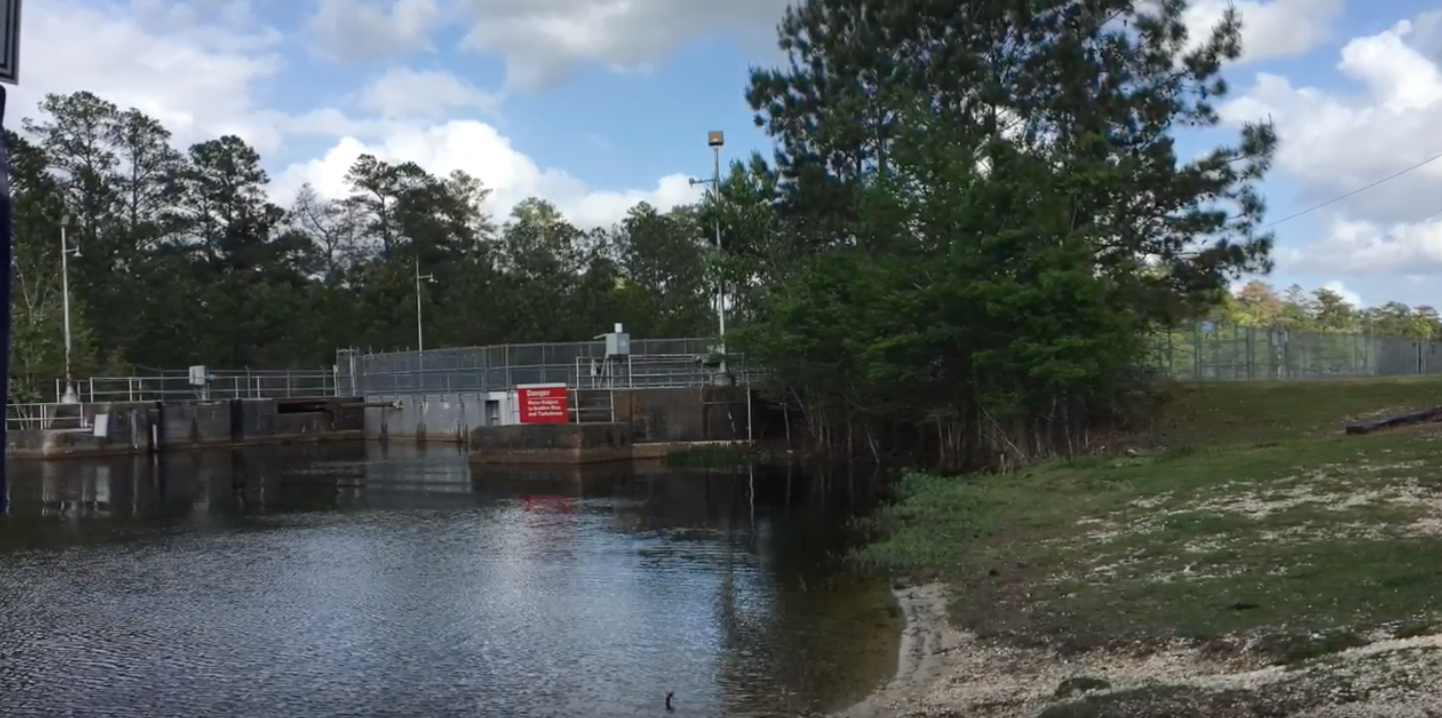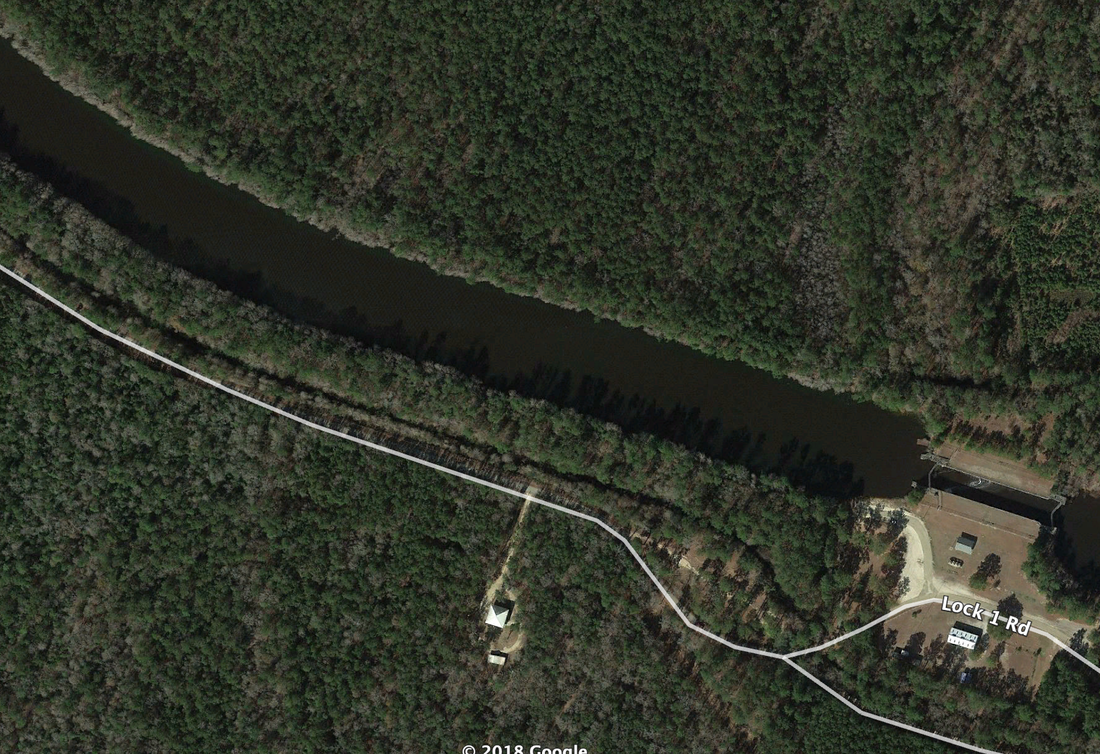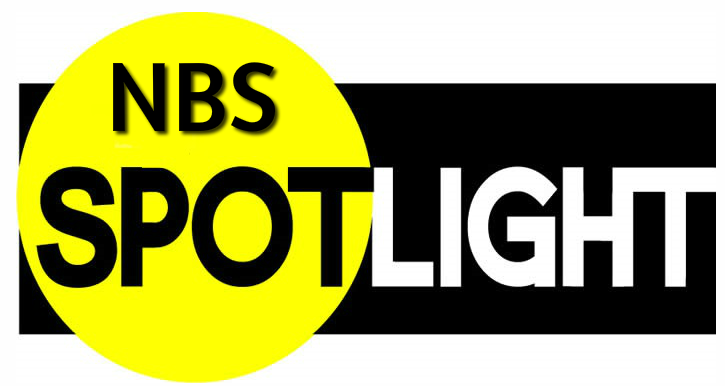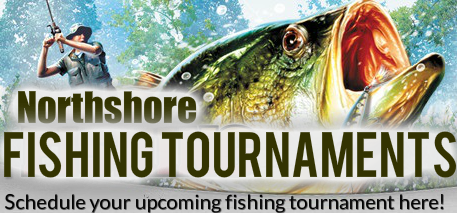 Keith Lusher
Keith Lusher When it comes to bass fishing the Northshore is home to a wide variety of unique tributaries. From the marshy inlets that span Manchac to the muddy flowing Pearl River Delta, for bass anglers looking for something other than a typical reservoir or river bass fishing experience, this area offers just that.
One of the most unique of all the waterways found on the the North Shore of Lake Pontchartrain is the Pearl River Navigational Canal. What once was used for a shortcut for shipping has been the focus of anglers in search of bass, perch, and crappie. The canal stretches from Bogalusa to the West Pearl River but when it comes to water movement, the canal is the complete opposite of what you’ll find on the swift moving West Pearl. The reason why is that the waterway contains 3 locks that limit the natural flow of water south.
One of the most unique of all the waterways found on the the North Shore of Lake Pontchartrain is the Pearl River Navigational Canal. What once was used for a shortcut for shipping has been the focus of anglers in search of bass, perch, and crappie. The canal stretches from Bogalusa to the West Pearl River but when it comes to water movement, the canal is the complete opposite of what you’ll find on the swift moving West Pearl. The reason why is that the waterway contains 3 locks that limit the natural flow of water south.
Chad Hartzog has been fishing the canal for over 30 years and says the 10 mile stretch between Lock #1 and Lock #2 is the popular destination to fish for many reasons.
“On the southern end of that stretch of the canal they have a lot of vegetation to fish. On the northern end there’s a lot of wood and deeper water with steeper banks. So between punching grass or fishing wood or deeper water there’s a little bit of everything for bass fishermen,” Hartzog says.
Chad is the tournament director for Liars and Lunkers Bass Fishing Club and has seen his share of big fish come out of Lock #1 so while the number of fish caught may not be that many, the size of the fish that the canal produces makes it one of the top spots to fish on the Northshore. Like most rivers and bayous, Lock #1 can be difficult to fish in the heat of July but Chad says there are 4 important rules you can follow to finding bass at the lock.
1. Find grass - “On the southern end of the canal there’s a lot of vegetation. Matted up coontail, hyacinths, duckweed, and lily pads are all growing thick around this time of year. This forms canopies that the bass like to get under and cool off a bit. My favorite way to target those fish is to use 50 lb. braided line and a 1 oz. tungsten sinker pegged above a 5/0 strait shank flipping hook with a beaver style or craw style bait. Green Pumpkin or Red and Black is the winning ticket as far as colors go.”
“On the southern end of that stretch of the canal they have a lot of vegetation to fish. On the northern end there’s a lot of wood and deeper water with steeper banks. So between punching grass or fishing wood or deeper water there’s a little bit of everything for bass fishermen,” Hartzog says.
Chad is the tournament director for Liars and Lunkers Bass Fishing Club and has seen his share of big fish come out of Lock #1 so while the number of fish caught may not be that many, the size of the fish that the canal produces makes it one of the top spots to fish on the Northshore. Like most rivers and bayous, Lock #1 can be difficult to fish in the heat of July but Chad says there are 4 important rules you can follow to finding bass at the lock.
1. Find grass - “On the southern end of the canal there’s a lot of vegetation. Matted up coontail, hyacinths, duckweed, and lily pads are all growing thick around this time of year. This forms canopies that the bass like to get under and cool off a bit. My favorite way to target those fish is to use 50 lb. braided line and a 1 oz. tungsten sinker pegged above a 5/0 strait shank flipping hook with a beaver style or craw style bait. Green Pumpkin or Red and Black is the winning ticket as far as colors go.”
2. Fish further from the bank - “I love beating the bank just like anybody else but the fish are deeper in July. Try positioning your boat twice as far from the bank as you normally would and make longer casts fishing slowly back to the boat. Once you get a few bites you can zone in on what depth the bass are holding. Position your boat over that depth range so that you can make long casts off of the front of your boat letting your bait will be in the strike zone longer.”
3. Find deep holes - “Use your electronics to find deeper holes. The canal averages about 8’-10’ in the middle but they do have some deep holes that go down to 15’-20’. Targeting those holes with deep diving crank baits can be very productive this time of year.”
While all of the tributaries along the Northshore are either affected by tide or by natural water flow, it’s important to remember that the Pearl River Navigational Canal is not. Chad says that water movement at Lock #1 only comes from wind or rain. “It makes a world of difference. If there’s a little breeze blowing or an afternoon shower it breaks up the surface of the water and makes the fish more aggressive,” Hartzog says.
While all of the tributaries along the Northshore are either affected by tide or by natural water flow, it’s important to remember that the Pearl River Navigational Canal is not. Chad says that water movement at Lock #1 only comes from wind or rain. “It makes a world of difference. If there’s a little breeze blowing or an afternoon shower it breaks up the surface of the water and makes the fish more aggressive,” Hartzog says.
In the latest studio update Chad Hartzog joins us by phone to discuss the Liar's and Lunkers Kids Fishing Rodeo. Also Chad gives three tips to bass fishing at Lock #1 in Pearl River. Sign up for NFR Premium and gain full access to the NFR Studio!







